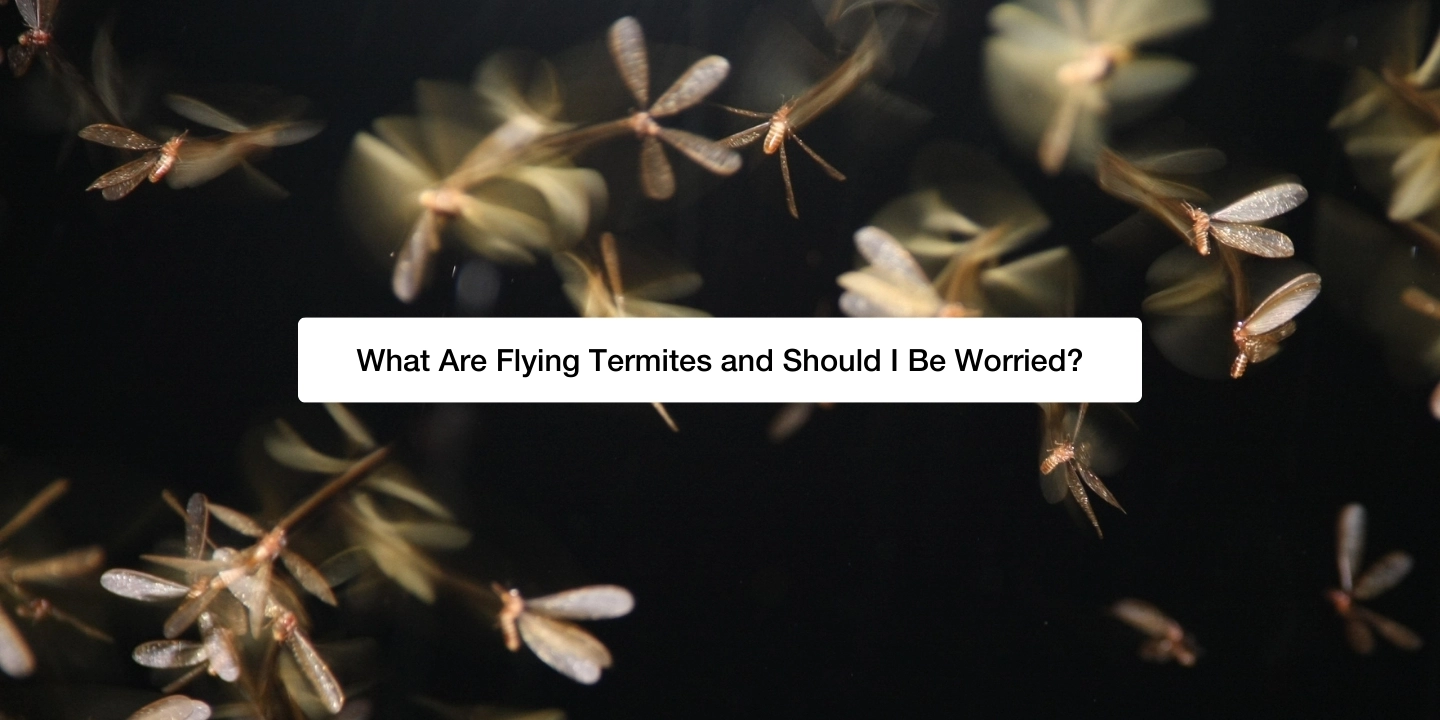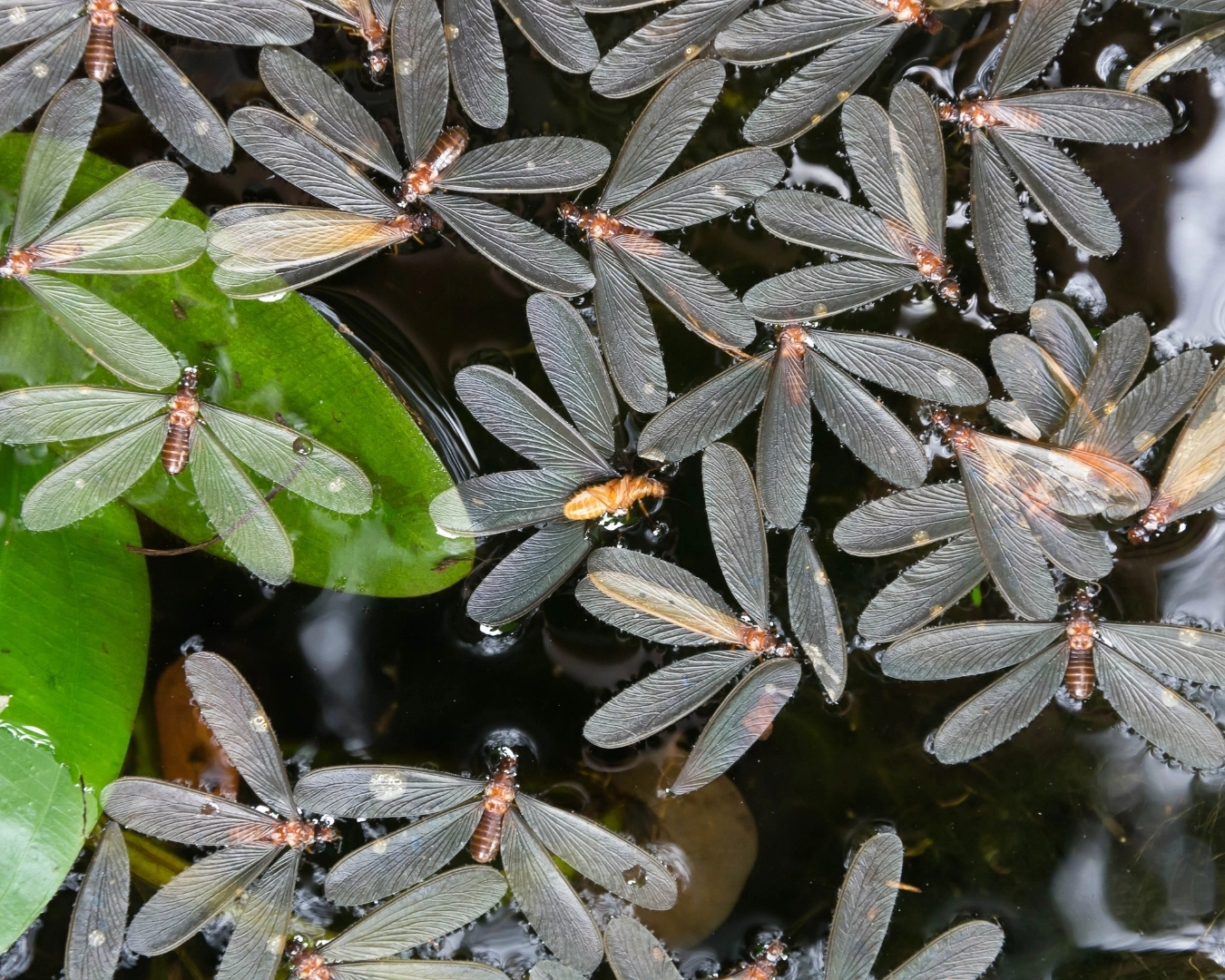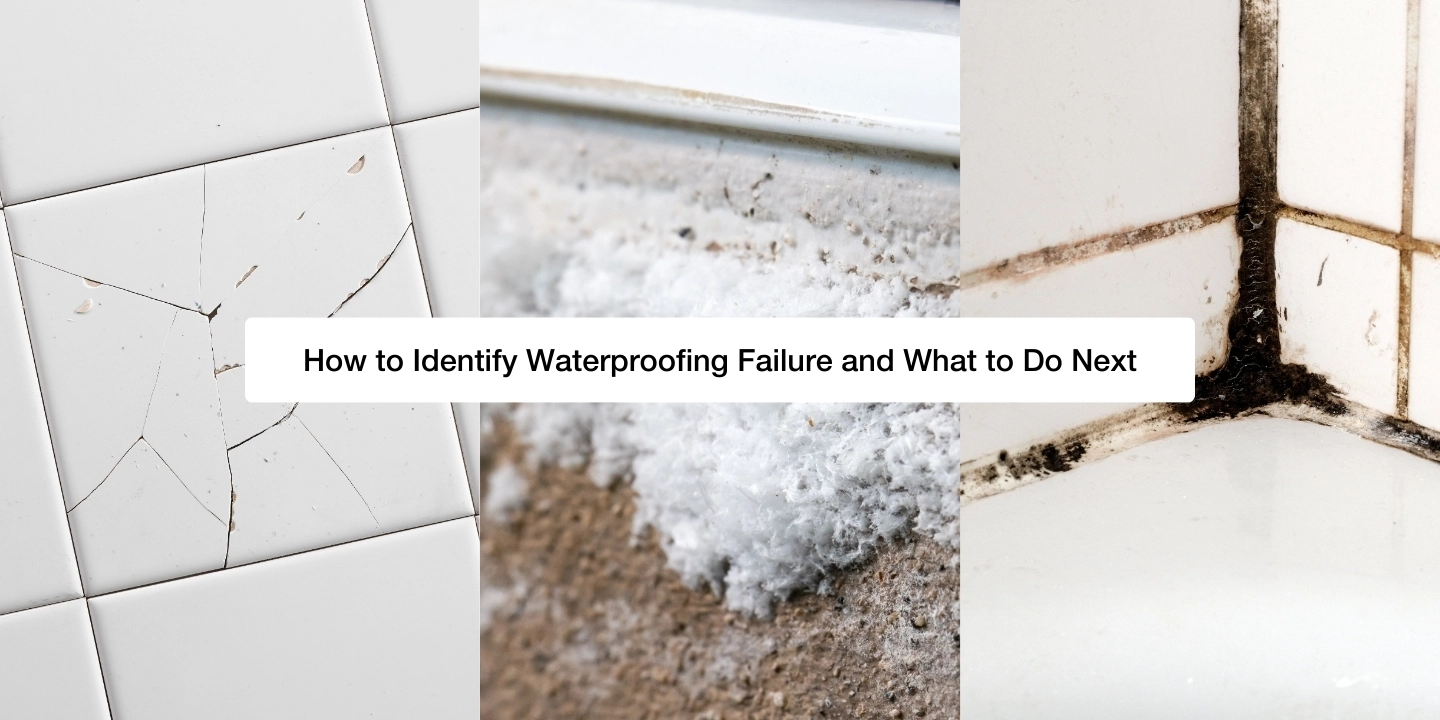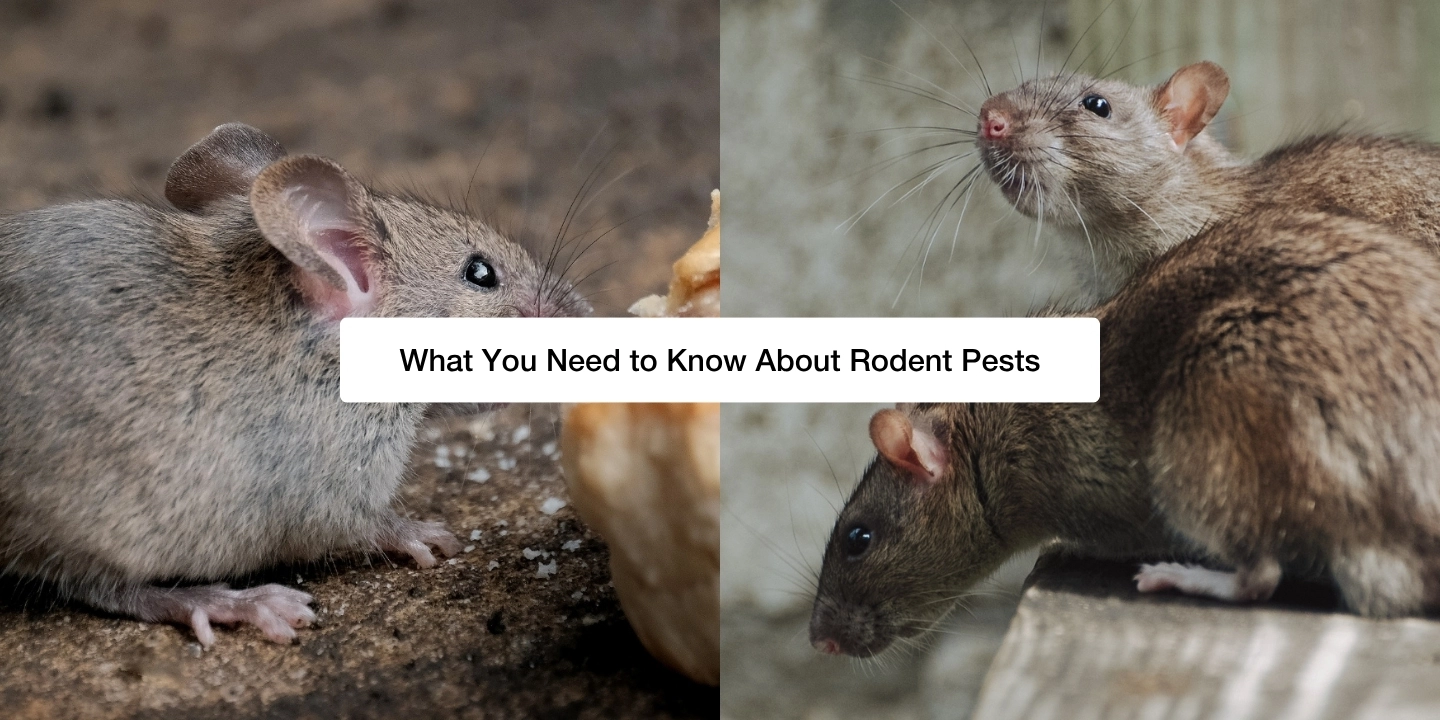Table of Contents
Flying termites are one of the strongest warning signs that a mature termite nest is nearby and their sudden appearance often leads to a pressing question:
Should I be worried about flying termites?
In this blog, we’ll cover what flying termites are and why it’s important to understand their behaviour. We’ll also touch on how to manage them, how they are treated and how to prevent them from becoming a future problem.
What are flying termites?
Flying termites, or more correctly, termite alates, are responsible for reproduction and the establishment of new nests. They begin life as one of three castes in a termite colony and have the potential to become future termite kings and queens.
Castes in a termite colony:
- Termite workers
- Termite soldiers
- Termite reproductives (alates)
When conditions are just right, alates fly out of a mature nest in the thousands to find a mate and a suitable location to start a new nest. This is typically referred to as swarming. All flying termites shed their wings shortly after flight and those who don’t find a mating pair will perish.
Winged termites only survive for about twenty minutes, giving them only a very small window of opportunity. However, if they are successful, a pair of termite reproductives will move underground, begin to mate and start a new termite nest.
Flying termites in Australia
Australia’s climate is ideal for termites and during spring and summer, flying termites often swarm in neighbourhoods across the country. The termite hazard map below highlights how widespread the risk of termites is across Australia.
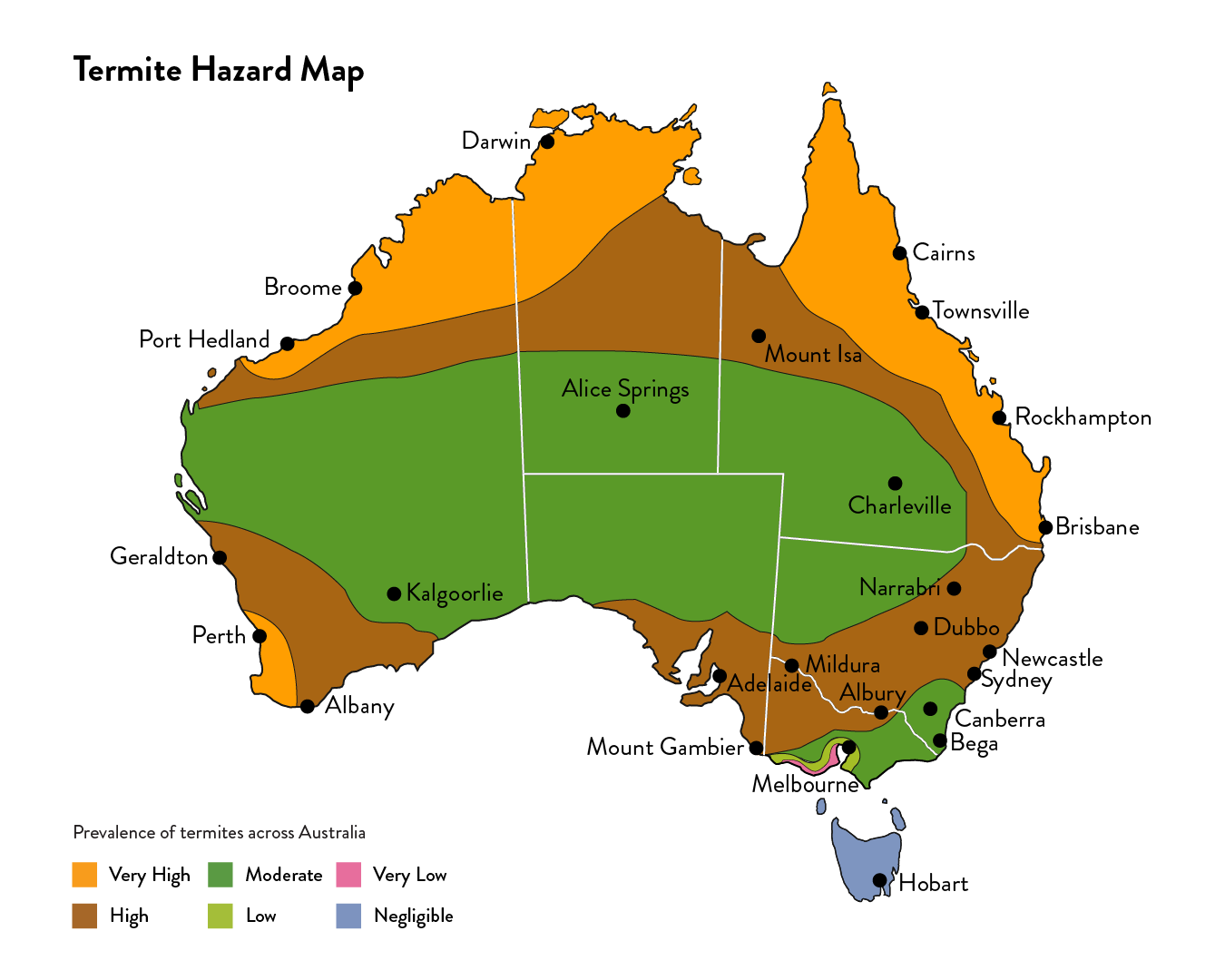
What do flying termites look like?
Flying termites are usually pale brown to light gold with soft, elongated bodies. Their most noticeable feature is two pairs of long, delicate wings that extend past the body and are shed soon after swarming.
Piles of discarded wings near windows, doors, or under lights are a strong sign that termites have recently swarmed near your property.
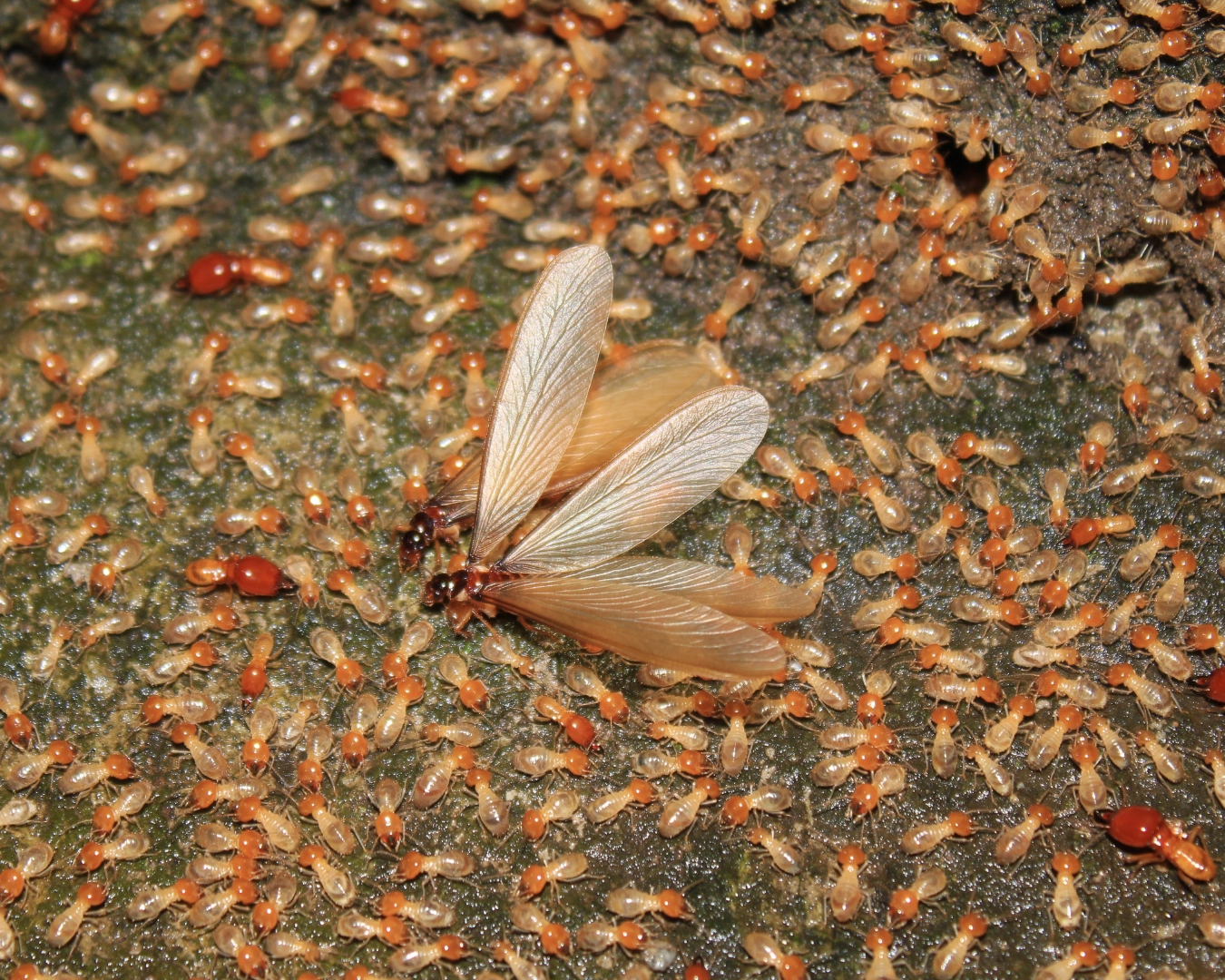
What does seeing flying termites mean?
Flying termites emerge, often in their thousands, during humid weather around late September or early October when the first warm days of spring take place in Australia. Their presence, whether swarming or dead in piles, is a clear sign of a mature colony nearby that is actively looking to establish new nests.
If you notice this happening around your property, act quickly and schedule a termite inspection to reduce the risk of a future infestation.
Multiple dead flying termites (termite alates) floating on water
Should I be worried about flying termites?
How worried you should be about flying termites depends on the protection you already have in place for your property.
If you maintain your termite barrier and keep up with regular termite inspections, there is little to worry about. If your termite management system is no longer effective and inspections are infrequent, flying termites are a strong reason for concern.
Once flying termites have finished swarming and die, you can sweep or vacuum the area where they have collected. However, this only clears away the mess and doesn’t address the nest the flying termites came from or the nests they may have created.
How do I get rid of flying termites?
Once flying termites have finished swarming and die, you can sweep or vacuum the area where they have collected. However, this only clears away the mess and doesn’t address the nest the flying termites came from or the nests they may have created.
How are flying termites treated?
Flying termites do not require treatment because they die quickly once outside the nest. What is important is to identify and treat the nest they were released from and any new nests they build.
Professional termite treatments are designed to target these nests and may include:
- Installing a termite baiting system
- Replenishing a chemical termite barrier
- Applying termite spot treatments
Before any treatment is applied, a professional pest control technician must first conduct a termite inspection to identify any possible termite activity. Learn everything you need to know about termite inspections here.
Preventing flying termites from becoming a future problem
Although flying termites are short-lived, the nests they create can cause major problems. Prevention is the most effective way to protect your property and should include:
- Maintaining your termite management system and ensuring that if you have a chemical system, it is still effective
- Scheduling annual termite inspections to identify activity before it becomes a major issue
- Reducing moisture around your home, such as fixing leaking taps and ensuring proper drainage
- Avoiding timber-to-soil contact, such as storing firewood off the ground and away from walls
Conclusion
Flying termites, or termite alates, are a clear sign that a mature termite colony is nearby and is actively looking to establish new nests. Whilst they are only short-lived, these flying termites have the potential to become a major future problem for your property.
Protection from flying termites comes down to maintaining an effective termite management system and staying proactive with annual inspections.
If you’ve seen flying termites near your property, don’t ignore them. Schedule a termite inspection with Termitrust Pest Control today to reduce the risk of future termite damage.
Frequently Asked Questions
Q. Do termites fly?
A. Yes, but only the termite reproductives called alates can fly. Their wings allow them to leave a mature nest and attempt to establish new nests for the colony.
Q. Do termites have wings?
A. Termite reproductives (alates) are the only caste in a termite colony that has wings. Termite alates have two pairs of equal-sized wings that are shed soon after swarming.
Q. Are flying termites attracted to light?
A. Yes. Flying termites are attracted to light and is why termite swarming is often seen around outdoor lights and windows.
Q. When do flying termites swarm?
A. Flying termites usually swarm around spring and summer, especially after warm, humid weather or rainfall. The timing varies depending on the species and region.
Q. How long do flying termites live?
A. Flying termites only survive for a short time outside the nest, often for around twenty minutes. Most perish quickly, but a small number find suitable conditions to start new termite nests.
Q. What is the best termite management system to stop flying termites?
A. The best termite management systems for protecting against flying termites are physical and chemical termite barriers. While flying termites themselves are unlikely to come into contact with these systems, they help prevent termites from any newly established nests from accessing your property.
Learn more about termite management systems for new homes here.
Q. Does seeing flying termites mean I have termites in my home?
A. Not always, but it does mean a mature nest is nearby and could be within foraging range of your home. A termite inspection is always a good investment to ensure your home is safe.
If you see any of these five common signs of termite infestation, you should quickly arrange a termite inspection to confirm whether termites have already entered your property.
Q. Are flying termites the same as flying ants?
A. No. Flying termites are often mistaken for flying ants, but there are a few key differences, such as:
- Straight antennae rather than the elbowed antennae common to ants
- A thick, uniform waist instead of the narrow one of ants
- Two pairs of equal-sized wings that are delicate and shed easily
- A pale to light brown body that can sometimes appear translucent

















